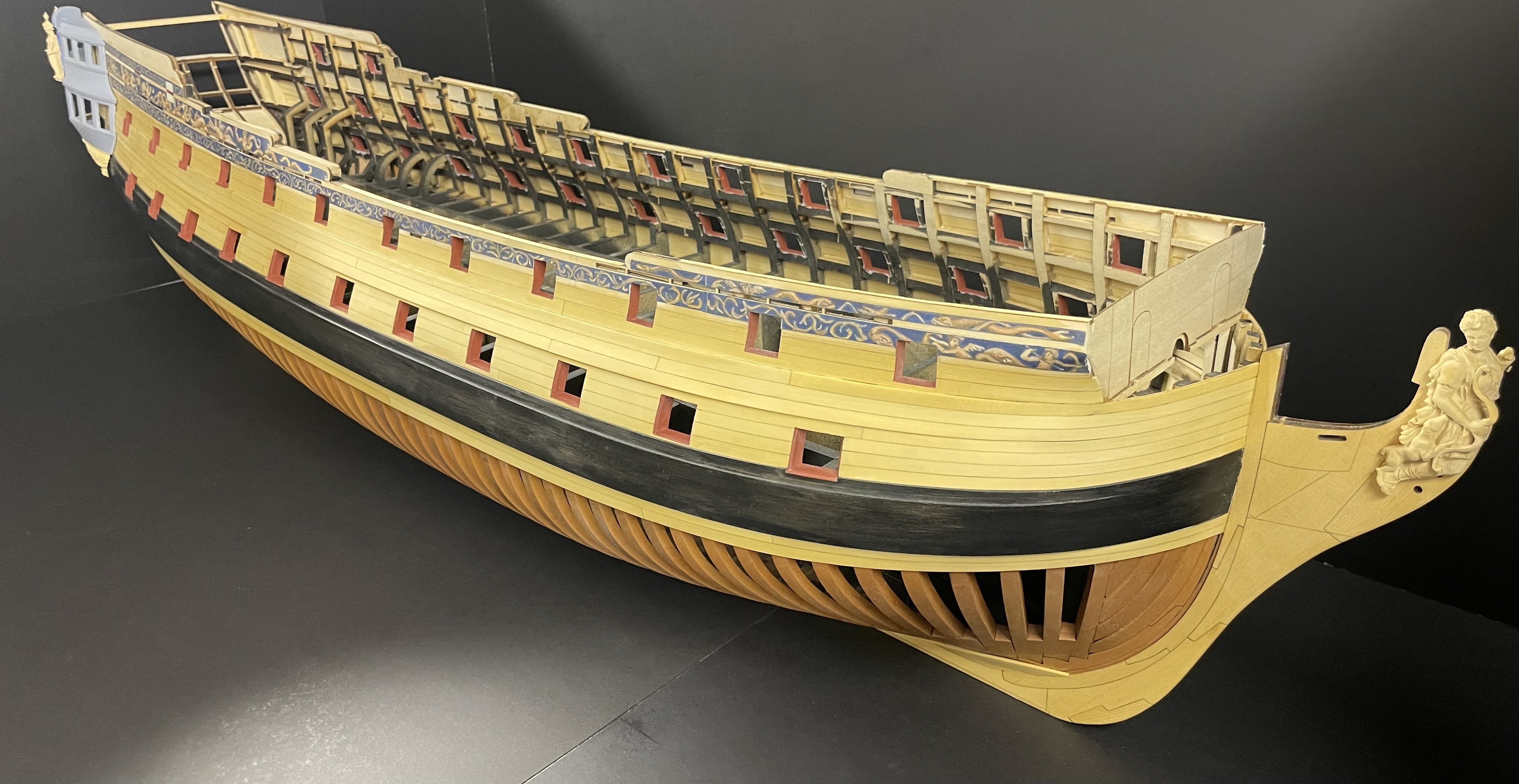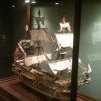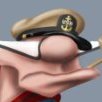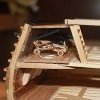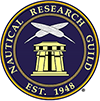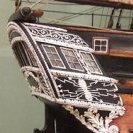-
Posts
1,663 -
Joined
-
Last visited
-
 scrubbyj427 reacted to a post in a topic:
Le Fleuron 1729 by Chris. - scale 1/72 - French warship from Delacroix monograph
scrubbyj427 reacted to a post in a topic:
Le Fleuron 1729 by Chris. - scale 1/72 - French warship from Delacroix monograph
-
 scrubbyj427 reacted to a post in a topic:
Le Fleuron 1729 by Chris. - scale 1/72 - French warship from Delacroix monograph
scrubbyj427 reacted to a post in a topic:
Le Fleuron 1729 by Chris. - scale 1/72 - French warship from Delacroix monograph
-
 scrubbyj427 reacted to a post in a topic:
Le Fleuron 1729 by Chris. - scale 1/72 - French warship from Delacroix monograph
scrubbyj427 reacted to a post in a topic:
Le Fleuron 1729 by Chris. - scale 1/72 - French warship from Delacroix monograph
-
 scrubbyj427 reacted to a post in a topic:
HMS Winchelsea by Greg M - 1/48 scale
scrubbyj427 reacted to a post in a topic:
HMS Winchelsea by Greg M - 1/48 scale
-
 scrubbyj427 reacted to a post in a topic:
HMS Winchelsea 1764 by woodartist - 1:48
scrubbyj427 reacted to a post in a topic:
HMS Winchelsea 1764 by woodartist - 1:48
-
scrubbyj427 started following Ranger type yacht by Mark Pearse - 1:12 - SMALL
-
 scrubbyj427 reacted to a post in a topic:
Ranger type yacht by Mark Pearse - 1:12 - SMALL
scrubbyj427 reacted to a post in a topic:
Ranger type yacht by Mark Pearse - 1:12 - SMALL
-
 scrubbyj427 reacted to a post in a topic:
Ranger type yacht by Mark Pearse - 1:12 - SMALL
scrubbyj427 reacted to a post in a topic:
Ranger type yacht by Mark Pearse - 1:12 - SMALL
-
 scrubbyj427 reacted to a post in a topic:
HMS Thorn by Kevin Kenny - 1:48 scale - Swan-class - David Antscherl practium
scrubbyj427 reacted to a post in a topic:
HMS Thorn by Kevin Kenny - 1:48 scale - Swan-class - David Antscherl practium
-
 scrubbyj427 reacted to a post in a topic:
HMS Thorn by Kevin Kenny - 1:48 scale - Swan-class - David Antscherl practium
scrubbyj427 reacted to a post in a topic:
HMS Thorn by Kevin Kenny - 1:48 scale - Swan-class - David Antscherl practium
-
 mgatrost reacted to a post in a topic:
HMS Portland 1770 by scrubbyj427 - 1:48 - 4th rate 50-gun ship
mgatrost reacted to a post in a topic:
HMS Portland 1770 by scrubbyj427 - 1:48 - 4th rate 50-gun ship
-
 mgatrost reacted to a post in a topic:
HMS Portland 1770 by scrubbyj427 - 1:48 - 4th rate 50-gun ship
mgatrost reacted to a post in a topic:
HMS Portland 1770 by scrubbyj427 - 1:48 - 4th rate 50-gun ship
-
 mgatrost reacted to a post in a topic:
HMS Portland 1770 by scrubbyj427 - 1:48 - 4th rate 50-gun ship
mgatrost reacted to a post in a topic:
HMS Portland 1770 by scrubbyj427 - 1:48 - 4th rate 50-gun ship
-
 mgatrost reacted to a post in a topic:
HMS Portland 1770 by scrubbyj427 - 1:48 - 4th rate 50-gun ship
mgatrost reacted to a post in a topic:
HMS Portland 1770 by scrubbyj427 - 1:48 - 4th rate 50-gun ship
-
 hollowneck reacted to a post in a topic:
Chris Watton and Vanguard Models news and updates Volume 2
hollowneck reacted to a post in a topic:
Chris Watton and Vanguard Models news and updates Volume 2
-
 Canute reacted to a post in a topic:
Chris Watton and Vanguard Models news and updates Volume 2
Canute reacted to a post in a topic:
Chris Watton and Vanguard Models news and updates Volume 2
-
 Canute reacted to a post in a topic:
Chris Watton and Vanguard Models news and updates Volume 2
Canute reacted to a post in a topic:
Chris Watton and Vanguard Models news and updates Volume 2
-
 chris watton reacted to a post in a topic:
Chris Watton and Vanguard Models news and updates Volume 2
chris watton reacted to a post in a topic:
Chris Watton and Vanguard Models news and updates Volume 2
-
 thibaultron reacted to a post in a topic:
Chris Watton and Vanguard Models news and updates Volume 2
thibaultron reacted to a post in a topic:
Chris Watton and Vanguard Models news and updates Volume 2
-
 thibaultron reacted to a post in a topic:
Chris Watton and Vanguard Models news and updates Volume 2
thibaultron reacted to a post in a topic:
Chris Watton and Vanguard Models news and updates Volume 2
-
Thank you Gary. The work you’re doing on Alfred is very inspiring and setting a benchmark for how I want to build Portland.
-
Perfect, I will be making a couple out of cherry when I arrive home. stay tuned, website will be up soon.
-
Nicely done Pegasus Henry, she looks good! I’m glad that damage was minimal on her fall.
- 257 replies
-
- pegasus
- Swan-class
-
(and 1 more)
Tagged with:
About us
Modelshipworld - Advancing Ship Modeling through Research
SSL Secured
Your security is important for us so this Website is SSL-Secured
NRG Mailing Address
Nautical Research Guild
237 South Lincoln Street
Westmont IL, 60559-1917
Model Ship World ® and the MSW logo are Registered Trademarks, and belong to the Nautical Research Guild (United States Patent and Trademark Office: No. 6,929,264 & No. 6,929,274, registered Dec. 20, 2022)
Helpful Links
About the NRG
If you enjoy building ship models that are historically accurate as well as beautiful, then The Nautical Research Guild (NRG) is just right for you.
The Guild is a non-profit educational organization whose mission is to “Advance Ship Modeling Through Research”. We provide support to our members in their efforts to raise the quality of their model ships.
The Nautical Research Guild has published our world-renowned quarterly magazine, The Nautical Research Journal, since 1955. The pages of the Journal are full of articles by accomplished ship modelers who show you how they create those exquisite details on their models, and by maritime historians who show you the correct details to build. The Journal is available in both print and digital editions. Go to the NRG web site (www.thenrg.org) to download a complimentary digital copy of the Journal. The NRG also publishes plan sets, books and compilations of back issues of the Journal and the former Ships in Scale and Model Ship Builder magazines.

